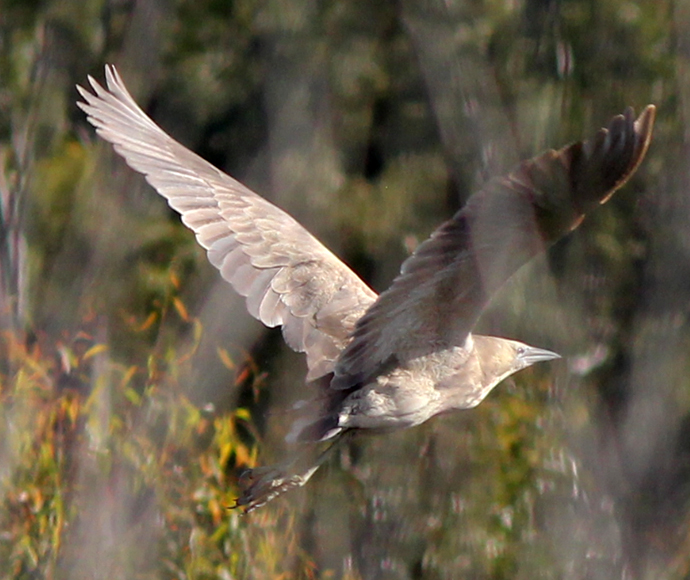The courtship is over, the chick rearing is almost done and a new generation of waterbirds is taking to the skies over inland New South Wales.

A bumper breeding season across inland wetlands and rivers is providing a much-needed boost to waterbird numbers including ibis, spoonbills, pelicans, herons and more.
Waterbirds across the Murray-Darling Basin have responded to recent widespread wet conditions, breeding in large numbers in critical habitat which has been sustained by water for the environment during recent dry years.
The Department of Planning and Environment (DPE) is the lead agency for the management of water for the environment in New South Wales.
Director Water for the Environment, Derek Rutherford, said the success of breeding in the 2021–22 season by species that nest in large colonies was testament to the work of local communities, landholders, and water managers over many years.
‘This year we’ve seen close to 75,000 waterbird nests establish in the floodplain wetlands of the Macquarie Marshes; around 25,000 nests in the Gwydir Wetlands; 55,000 nests in the Lower Murrumbidgee Wetlands, and 75,000 nests in the Lachlan catchment,’ Mr Rutherford said.
‘Wetlands in the Murray and Lower Darling catchments provide a mosaic of waterbird habitats and have supported important breeding of endangered Australasian bitterns and tree-nesting egrets this season.
‘Healthy wetland vegetation and water to sustain these events is absolutely critical for the success of waterbird breeding events. Once birds have nested, they need access to foraging habitat to meet their needs and the demands of their young.
‘So, while we celebrate the waterbirds, we also celebrate the fish, frogs, insects, turtles and crustaceans that are an important part of this story,’ Mr Rutherford said.
DPE works with the Commonwealth Environmental Water Office (CEWO) to manage and monitor watering events at a range of sites in New South Wales.
Commonwealth Environmental Water Holder, Hilton Taylor, said it had been more than 20 years since significant waterbird breeding occurred simultaneously at multiple wetlands across the Basin.
‘We are seeing a decrease in frequency of flows to major floodplain wetlands and that makes the work of water for the environment between larger, natural events all the more important,’ Mr Taylor said.
‘A collaborative approach to water management is essential to get water where and when its needed,’ he said.
The NSW Water for the Environment Program is planning for the year ahead with annual priority statements due to be released in July. These statements identify the priority waterways and wetlands that are likely to receive water for the environment based on expected availability of water in the coming year, conditions of the previous year, and current health of the plants and animals in these ecosystems.






